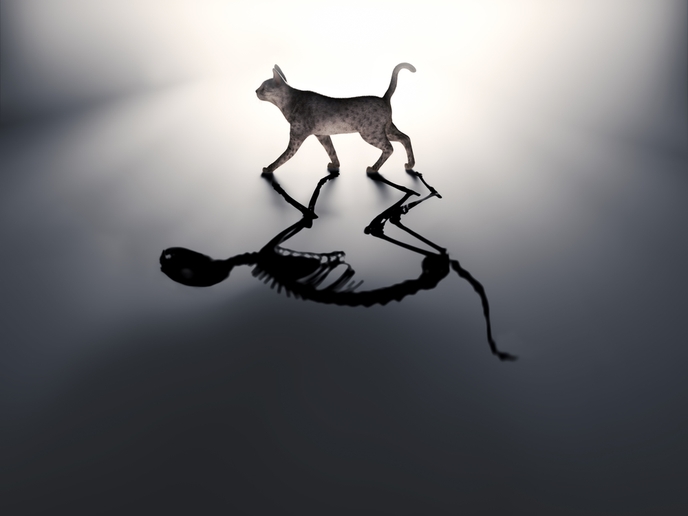New supergravity tools to study strongly coupled physical systems
Modern theoretical physics has made major steps in addressing long-standing, fundamental questions that seek answers in a single, unified theory – string theory. The anti-de Sitter/conformal field theory (AdS/CFT) correspondence is one of the largest areas of research in string theory. This conjecture, also generally referred to as the gauge-gravity correspondence, states that gravitational theories in (N+1) dimensions can be entirely and completely equivalent to non-gravitational quantum field theories in N dimensions. Over the last decade, significant effort has been devoted to extending AdS/CFT to addressing quantum field theories close to those used in nuclear physics, high-energy physics and, more recently, condensed matter physics. Despite significant headway, progress has been hampered by lack of appropriate lower-dimensional supergravity theories needed to formulate correspondence in precise terms. For AdS/CFT to have actual predictive power, those supergravity models need to be exactly embeddable into string theory. Within the EU-funded project APPSG (Holographic applications of supergravity), researchers developed supergravity tools to study the strongly coupled sectors of high-energy and condensed matter systems using the gauge-gravity correspondence. Consistency in Kaluza-Klein truncation proved instrumental to achieving classification of all lower-dimensional supergravities that can be consistently embedded into string/M-theory. Building on this theory, researchers found new families of gauged supergravities that derive from string theory by studying the string/M-theory truncations on constant-torsion G-structure manifolds. The team extended this classification to the lower-dimensional gauged supergravities that arise from string/M-theory truncation on homogeneous spaces, thereby producing many more new gauged supergravities. Furthermore, APPSG investigated examples of consistent truncations on non-homogeneous G-structure spaces. Finally, the team addressed the problem of finding a string theory realisation of the recently discovered dyonic gaugings of maximal supergravity. The AdS/CFT correspondence is an invaluable tool for studying strongly coupled conformal field theories. Project results are an important step towards the goal to achieve full classification of lower-dimensional supergravities that admit a string theory realisation.







